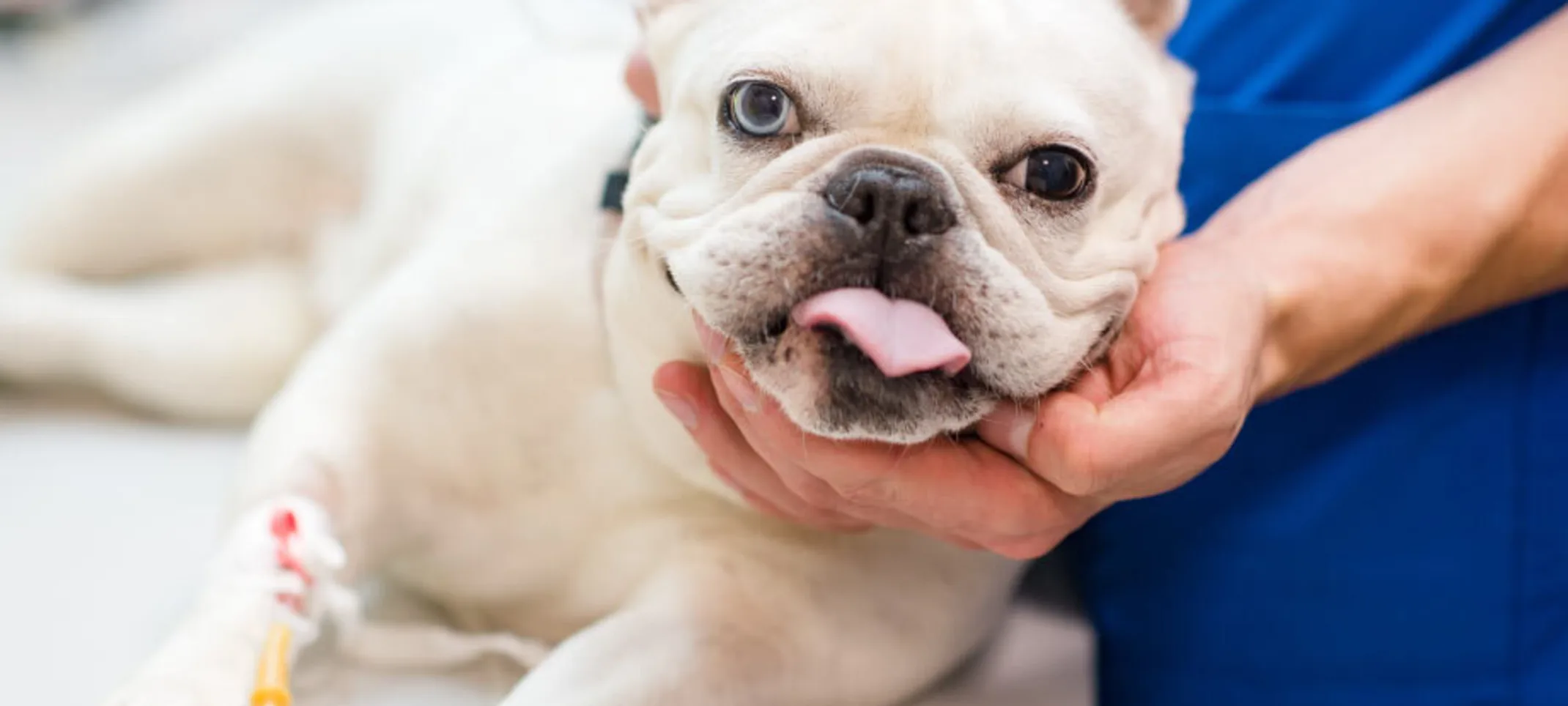Las Posas Veterinary Medical Center
Anesthesia & Patient Monitoring
We monitor our patients closely to keep them as safe as possible during procedures that require general anesthesia. Our team will continually assess your pet’s heart and respiratory rate, blood pressure, temperature, and other vital signs (SpO2 and respiratory CO2) to help prevent any anesthetic risk.

General Anesthesia
The three components of anesthesia are analgesia (pain relief), amnesia (loss of memory), and immobilization. We consider each of these when tailoring an anesthetic protocol for your pet and their specific medical needs. For most surgeries and some procedures (such as endoscopy or dentistry), your pet will require general anesthesia so that he or she will not only be unconscious but also feel no pain and not recall the experience. Many pet owners worry about their loved one undergoing general anesthesia. We can assure you that because of the precautions we take, and the modern drugs we use, the risk to your pet is extremely low. Additionally, to further lower any risks, in advance of the surgery or procedure we perform a complete physical exam and routinely do pre-surgical blood panels to identify any underlying health issues that may complicate anesthesia.
Prior to general anesthesia we place an intravenous catheter and administer fluids not only during, but also before and after the procedure to correct any electrolyte imbalances, ensure adequate hydration and maintain good blood flow to your pet’s vital organs. If necessary, we will administer a mild tranquilizer to help your pet relax and decrease any anxiety. We then administer a combination of short-acting intravenous anesthetic drugs in order to place an endotracheal breathing tube so that oxygen and a gas anesthetic can be used to maintain general anesthesia. After the anesthesia is completed your pet is maintained on oxygen for a period of time to promote a more rapid recovery.
At this time if necessary, a mild sedative may be given to make your pet more comfortable. We take pain control very seriously, and if there is any chance that the procedure or surgery could result in pain, we will administer an analgesic (painkilling) drug to prevent it before it occurs. In addition, if we know ahead of time that a surgery could result in pain, we will administer a variety of supplementary analgesic medications prior to the surgery to further avoid any discomfort to your loved one.
Please contact us if you have any questions or concerns about your pet receiving general anesthesia or about the procedure for which your pet is scheduled.
Local Anesthesia
Local anesthetics result in a loss of feeling in the area where the minor surgery or procedure is being performed, both during the procedure as well as for a period of time afterward. Local anesthesia can also be part of the analgesic protocol following certain surgeries to provide added pain relief to the surgical site upon recovery from general anesthesia.
Please contact us if you have any questions or concerns about your pet receiving local anesthesia or about the procedure for which your pet is scheduled.
Sedation
For some diagnostic procedures, a sedative may be necessary to relax your pet and restrict movement, and if any discomfort is anticipated, an analgesic is also given. One of the most common sedation protocols that we use involves a cocktail of drugs, which provides both sedation and analgesia. The sedative portion can be reversed after the sedation is no longer needed, while the analgesic (pain-killing) portion continues to provide relief. For example, when we perform a skin biopsy (where a small portion of skin tissue is surgically removed so it can be examined), we often use sedation with a local anesthetic. An additional example where we might use sedation is when we perform a total body shave on a cat so that the experience is less stressful to the kitty.
